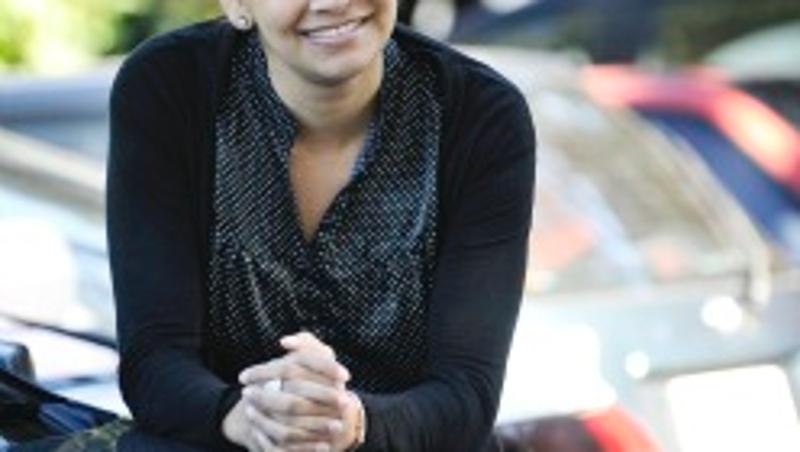
Study focuses on new mums' injury risk
New mothers throughout Australia are needed to help QUT sleep researchers investigate whether the fatigue experienced by mothers when caring for their new baby raises the risk of injury while driving and other normal daily activity.
QUT researcher Janelle Trenorden is seeking women who gave birth in April or May or are due to give birth in June or July to a single baby for a study on post-birth fatigue and risk of injury.
Her study builds on a pilot study by Dr Kerry Armstrong and Dr Simon Smith from QUT's Centre for Accident Research and Road Safety - Queensland (CARRS-Q).
"New mums often have to get around and do things like grocery shopping, taking other children to school or the baby to the clinic for check-ups, and often they do this on very little sleep," Ms Trenorden said.
"The mothers who participated in the pilot study said they felt fatigue was something deeper than a physical need for sleep and that fatigue affected every aspect of their daily life.
"As many mothers indicated they had had difficulty concentrating on tasks we want to investigate this further because if mothers are performing safety-sensitive tasks such as driving while feeling fatigued they could be at a higher risk of injury."
She said researchers needed to gain a better understanding of the fatigue experienced and the possible level of risk of injury so that they could suggest countermeasures to reduce fatigue and the risk for new mums.
Over 65 drivers overrate their ability behind the wheel
Another CARRS-Q study of 98 drivers aged over 65 has found older drivers tend to overestimate their driving ability.
The research was led by QUT neuropsychologist Professor Karen Sullivan. She said the study participants, whose average age was 71 and who had an average of 51 years' driving experience, were asked to self-rate their driving ability and then undertake a computer-simulated task in which they had to recognise and react to potential road hazards.
Participants also rated their driving confidence and reported on the extent to which they avoided potentially dangerous driving conditions such as driving at night or in the rain.
"Our analysis showed little relationship between the participants' performance on the hazard perception test and the ratings they gave themselves," Professor Sullivan said.
"We also found that decreases in the ability to perceive potential hazards were not matched by a reduction in confidence in the ability to handle difficult driving conditions or by avoiding these many potentially dangerous driving situations.
"This suggests that self-assessment is not an accurate way for older drivers to judge their driving.
"However, the study found the range of situations participants avoided included some that had not been assessed in older driver self-restriction studies, such as avoiding driving at school pick-up and drop-off times."
Professor Sullivan said the findings relating to drivers' higher confidence relative to their actual driving hazard perception ability were not limited to older people; other studies had demonstrated that younger drivers also showed this bias.
She said the drivers in the study had generally positive perceptions of their driving skills and rated themselves as considerably more skilled than the average Brisbane driver despite the study's finding that time taken to respond to potential hazards increased with age.
Anxiety and depression linked to risk taking in young drivers
A third study has found that young drivers who experience anxiety and depression are more likely to take risks on the road.
The results of the research led by Bridie Scott-Parker, from CARRS-Q, have been published in the international journal Injury Prevention.
Mrs Scott-Parker said the study of more than 760 young drivers, who were on their provisional licence, found anxiety and depression accounted for 8.5 per cent of the risky driving behaviour reported by these young adults.
"The association was greater in women than in men, with 9.5 per cent being explained by psychological distress in women compared with 6.7 per cent in men," Mrs Scott-Parker said.
"We already know that psychological distress, such as anxiety and depression, has been linked to risky behaviour in adolescents including unprotected sex, smoking and high alcohol consumption.
"What this study sought to do was look at whether or not psychological distress could also be linked to risky driving behaviours in young people, such as speeding, not wearing a seat belt and using a mobile phone while at the wheel."
Mrs Scott-Parker said the research could be used to identify young drivers most at risk of psychological distress and therefore a greater crash risk on the road through risky driving.


